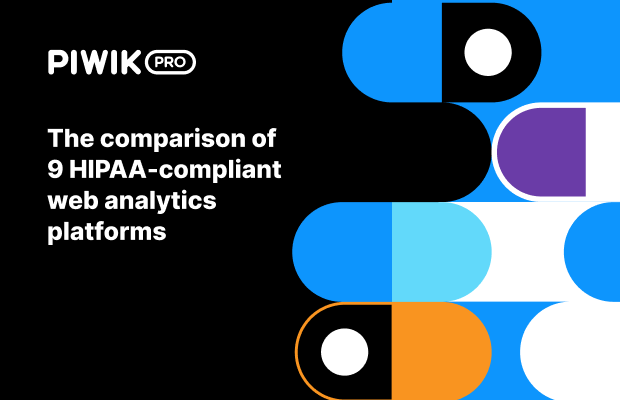Click-through rate (CTR) is a metric reflected by the ratio of the number of clicks on a link, Call to action (CTA) button, or ad to the number of Impressions it received – determined by how many users saw it.
For example, if an ad has been clicked on 200 times after being displayed 50,000 times, it has a click-through rate of 0.4%.
CTR measures the effectiveness of your content and marketing campaigns, such as PPC, email, or social media, in reaching your target audience. It can also help evaluate the success of different marketing channels in the business’ total performance. Moreover, CTR assesses how effective your choice of CTAs and advertising copy is.
The higher the click-through rate, the more successful the content or ad is in generating interest. If your CTR is low, you may be targeting the wrong audience, using messaging that doesn’t resonate with users, or spending money on irrelevant Keywords . There isn’t a single benchmark determining what makes a good CTR, as it will vary across industries and campaigns.
CTR alone doesn’t give you a complete overview of your company’s marketing performance, so reaching a high CTR shouldn’t be your primary goal. Always focus on business metrics first and combine CTR with other metrics, such as conversion rates.
Click-through rate (CTR)
-

Introducing new pricing: More analytics value and privacy compliance as you grow
Businesses have transformed the way they collect and utilize data. Modern organizations are seeking trusted datasets, full visibility into the customer journey, and ethical data collection, all within a seamless platform that offers comprehensive analytics and data activation capabilities. To meet these evolving needs, we’re excited to share some important updates about our platform. Over…
-

The comparison of 9 HIPAA-compliant web analytics platforms
Selecting a HIPAA-compliant web analytics platform is critical for any healthcare organization. With the increasing reliance on digital tools to improve patient care, streamline operations, and drive strategic decisions, the need to analyze web and patient data securely has never been greater. Choosing a platform that doesn’t match your needs or available resources can put…
Other definitions
Recent posts from Piwik PRO blog
- Introducing new pricing: More analytics value and privacy compliance as you grow
- The comparison of 9 HIPAA-compliant web analytics platforms
- EU hosting vs. EU sovereignty: Why the difference matters for privacy-first analytics
- Why Shopify stores need privacy-compliant analytics
- Piwik PRO vs. Google Analytics for Shopify: A comparison
- Introducing Piwik PRO app for Shopify: Advanced analytics with built-in CDP
- PHI and PII: How they impact HIPAA compliance and your marketing strategy
- How can healthcare organizations benefit from using a customer data platform (CDP)







